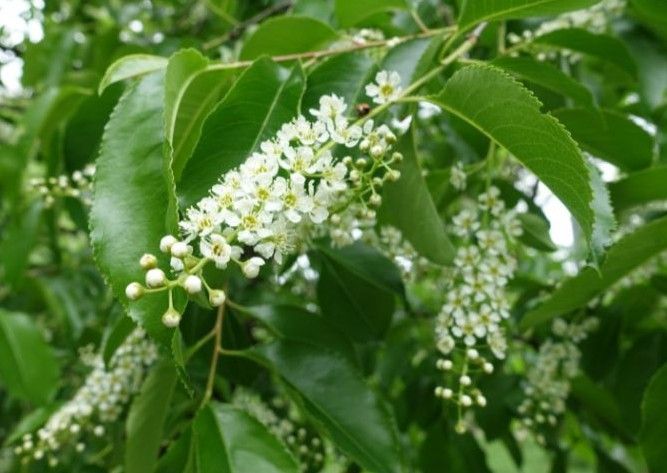ARBORSCAPING
WHAT WE DO
WHO WE ARE
Join the Tree Society newsletter
Get monthly articles on the latest in the tree care industry, curated by people deeply passionate about environmental stewardship.
WHAT WE DO
RESOURCES
Join the Tree Society newsletter
Get monthly articles on the latest in the tree care industry, curated by people deeply passionate about nature. Plus, local events and DIY projects.
Contact Us
Thank you for contacting us.
We will get back to you as soon as possible.
We will get back to you as soon as possible.
Oops, there was an error sending your message.
Please try again later.
Please try again later.
















